Inflight entertainment (IFE) has come a long way ever since Orville Wright first cracked a joke onboard the Wright Flyer.
Modern aircraft boast a bewildering array of films, TV shows, music, e-books and games, delivered on demand via high-definition seatback screens. The new arms race centres around which airline can secure the most first-run movies, or who has the largest catalogue.

But if digital content is all you know about IFE, you’re missing out.
Over the past 50 years, Singapore Airlines has experimented with a wide range of inflight distractions, ranging from cigarettes, jackpot machines, live music, and portable gaming machines- well before the seatback monitor became ubiquitous.
| ✈️ The Nostalgia Series | |
| This post forms part of The MileLion’s Nostalgia Series, where I look back at a different aspect of Singapore Airlines’ history. If you like this post, do check out the rest! | |
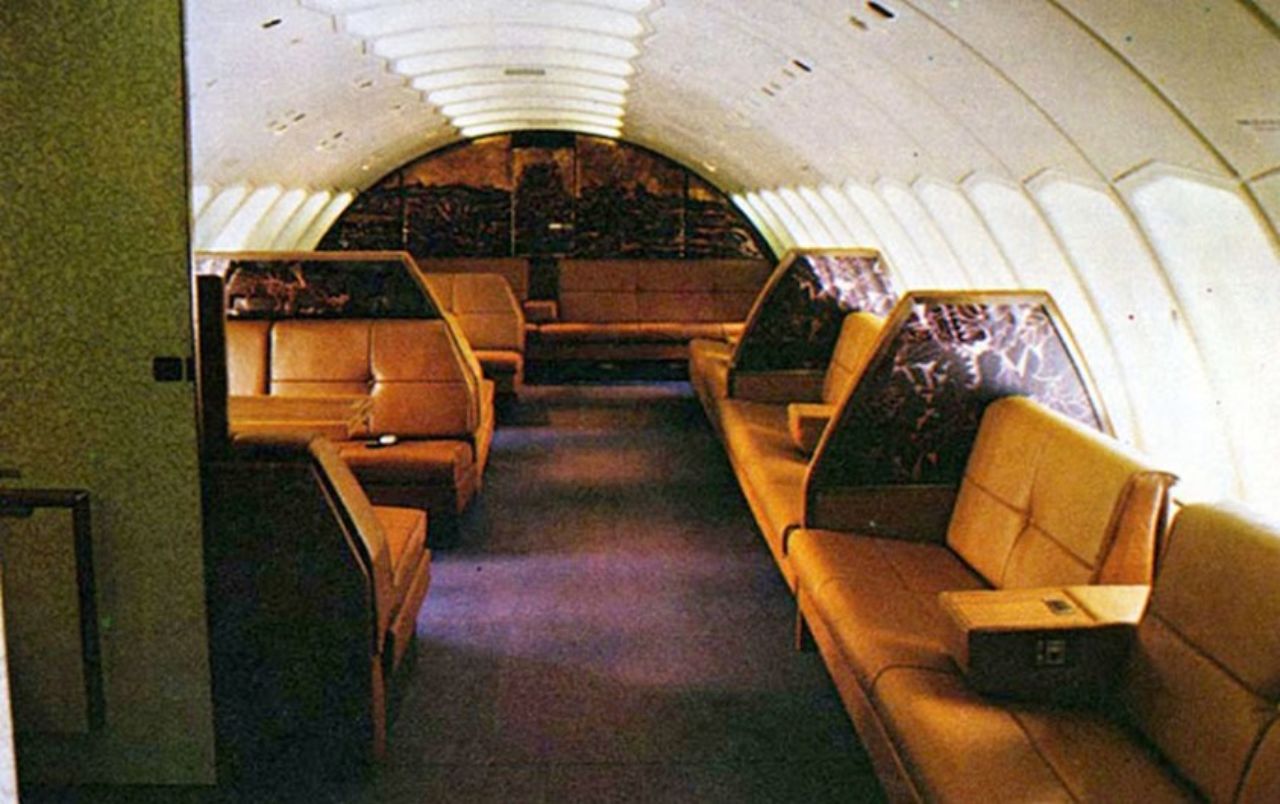 |
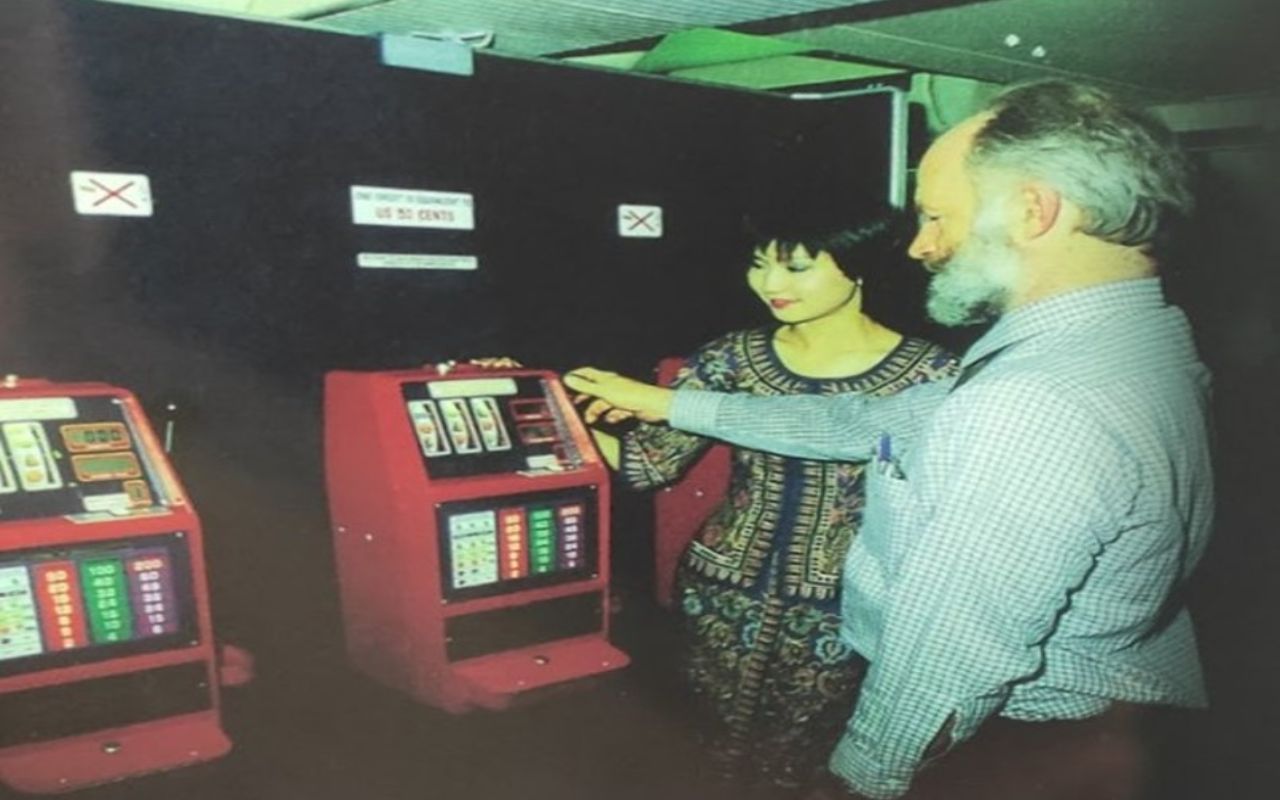 |
| SIA’s Boeing 747 Slumberettes: So good that other airlines complained | Orchard Rows: The story of SIA’s ill-fated jackpot machines |
| Read It! | Read It! |
 |
 |
| More than screens: A history of SIA’s inflight entertainment | The Young Explorer Club: SIA’s FFP for kids |
| Read It! | Read It! |
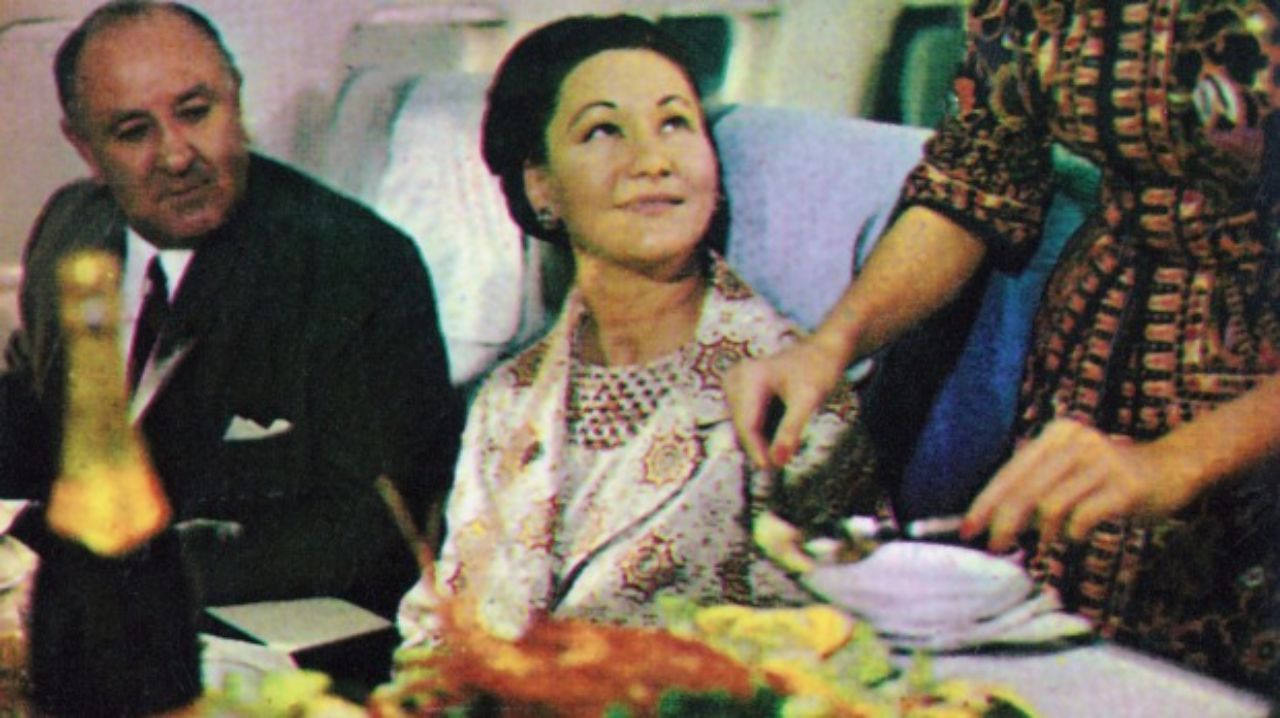 |
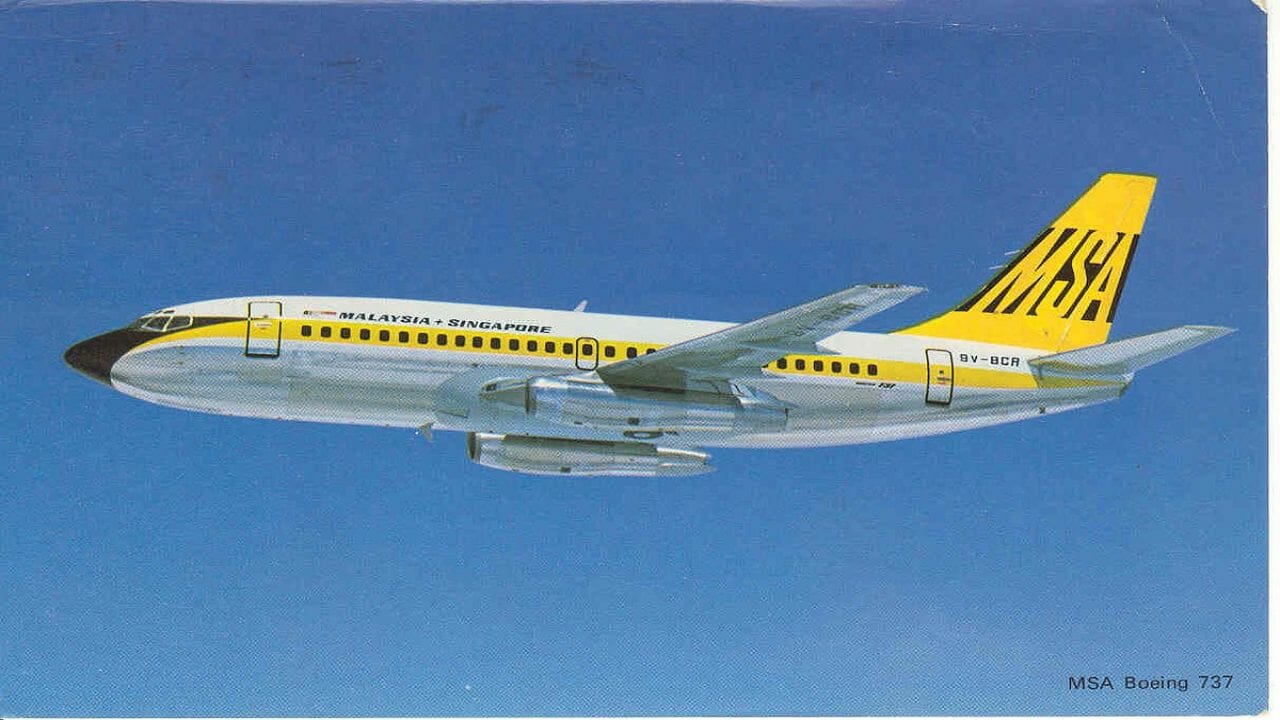 |
| Hugo’s in the Sky: SIA’s gastronomic partnership with Hyatt | MSA: Mercury Singapore Airlines, or Malaysia Says Alamak |
| Read It! | Read It! |
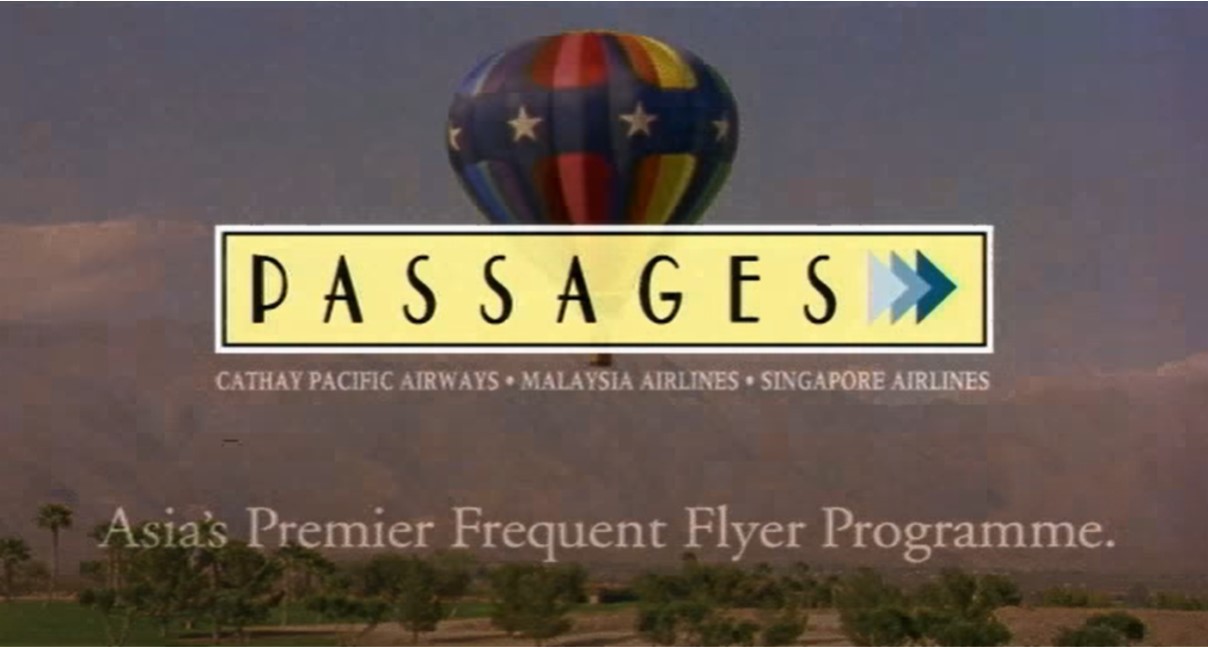 |
|
| Before KrisFlyer: Singapore Airlines’ other frequent flyer programs | |
| Read It! | |
The 1970s: Wine, women and song

In the early days of Singapore Airlines, there wasn’t much to do onboard. The fledging airline had inherited a handful of Boeing 707s and 737s from the former Malaysia-Singapore Airlines, and while inflight movies and music would arrive with the Boeing 747s in 1973, most passengers had to make do with cigarettes and booze.
Yes, cigarettes and booze. Back in those days, you could light up on the plane with nary a care; in fact, Singapore Airlines gave out free cigarettes to passengers up till 1976. There were no-smoking areas of course, but the concept of a no-smoking area in an enclosed cabin with recycled air was kind of laughable.
| 🚬 Smoke, smoke, smoke that cigarette |
|
Surprisingly enough, it was still possible to smoke on SIA flights throughout most of the 1990s. Singapore Airlines first banned smoking on flights to Kuala Lumpur in August 1988, before extending the ban to Penang and Langkawi in December 1988, and Bangkok and Jakarta in February 1989. In October 1990, the ban was extended to all flights of up to four hours, and then to long haul flights starting with London in September 1993. March 1994 saw China and New Zealand added, and then the West Coast of the US and Seoul in July 1994. By October 1994, 9 out of 10 Singapore Airlines flights were smoke free, but it wasn’t until February 1998 that smoking was finally stubbed out altogether. The last holdout? Health-conscious Japan, of course. |
Even if you didn’t puff, you could certainly chug. At the time, Singapore Airlines was the only airline in the world to offer free alcohol including champagne, whisky, brandy, rum and vodka, and in 1975 it was estimated that passengers drank a total of S$3.6 million worth of booze (about S$8.4 million in today’s money- impressive, considering SIA only flew a handful of routes).
So abundant were the onboard libations that air crew were reportedly flushing left-over liquor and champagne down the toilet at the end of flights, to simplify accounting. By the way, it’s still standard practice to dispose of all opened bottles at the end of a flight— including that First Class Krug — so you might see the crew going around for a last call!
But cigarettes and booze were de rigueur for the day, and Singapore Airlines decided that it needed a gimmick to attract attention. So in April 1976, they announced a trial of live entertainment on their jumbo jets. A trio of Filipino singers called the Los Amigos (on loan from the Oberoi Imperial Hotel) performed a 45-minute set from Singapore to Sydney, enough time to cover 13 popular songs.

Passengers seemed to love the idea, with 86% reportedly giving it the thumbs up. They certainly enjoyed it more than the performers themselves, in any case- the lead vocalist of Los Amigos complained the jet engines were so noisy she had to yell the lyrics, and the dry cabin caused her to lose her voice before the end.
Management envisioned turning this into a permanent fixture, with a spokesperson alluding to frequent band rotations featuring a soloist or duet, playing acoustic instruments to avoid cable-related mishaps. In fact, regular live entertainment started the following month on the Sydney route, available to both First and Economy Class passengers (remember: Business Class didn’t exist until the 1980s) at no additional cost.

It didn’t last long, however. SIA grounded the singers in February 1977, citing a loss of novelty and a marked rise in complaints from passengers. The 86% can be a fickle bunch.
The 1980s: Jackpots and video games

Singapore Airlines grabbed headlines again with another inflight gimmick, this time in the form of slot machines dubbed “Orchard Rows”. These specially-made jackpots were installed on a single Boeing 747-200 as part of a trial, and passengers could win up to US$100 with a starting bet of just US$0.50.
The inaugural flight departed in August 1981, and the six machines were a hit…until they all broke down just a third of the way through. The coin slots jammed, overly-enthusiastic punters broke two of the arms clean off, and Singapore Airlines had to take the idea back to the drawing board.

The jackpots did get relaunched in May 1982 after some modifications, and SIA even announced plans to install them on all 16 of its Boeing 747s, but the idea died a quiet death shortly after. Still, one might argue that they more than paid for themselves in ink, as media outlets around the globe carried stories about the machines.
If you’re interested in the full story of Orchard Rows, be sure to check out the article below.
Orchard Rows: The story of Singapore Airlines’ ill-fated jackpot machines
Video games were the next wave of cabin entertainment, and in April 1985, Singapore Airlines added portable video game consoles to its Boeing 747s, rentable for US$2 an hour. A total of eight games were available, including:
- Backgammon
- Blackjack
- Chess
- Donkey Kong
- Five card draw poker
- Frogger
- Gin rummy
- Scrabble with a 60,000 word vocabulary
The devices were developed by Avicom International (since absorbed into aviation behemoth Collins Aerospace), and resembled a hardcover book with a small colour screen.

Passengers selected a title (each console housed one game, so you couldn’t play Donkey Kong if someone else already had the unit) from a dispenser resembling a magazine rack, swiped a credit card for a US$100 security deposit, and took the unit to play. Upon return, the deposit would be released, and the customer billed the hourly rate.

It was a fascinating novelty for the time (remember, the Game Boy was still four years away), but faded out quickly. Speaking to the New York Times in 1992, a Singapore Airlines spokesperson said “We had an assortment of reasonably priced hand-held games, including chess and Donkey Kong. But, surprisingly, passengers didn’t rent them as often as we expected, so they were eliminated.”
On a lighter note, customers had probably been pilfering periodicals since day one, but it wasn’t until 1985 that SIA got around to doing an audit. The findings? The airline was losing S$500,000 worth of magazines a year- one third of its total purchasing budget! And you wonder why they’ve gone all digital these days.

Further unintended entertainment came in the form of cabin crew announcements. After a series of incidents that saw a stewardess announcing “we will now be serving snakes (snacks)”, and another asking a First Class passenger “Sir, would you like some sauce on your balls? (self-explanatory)”, SIA partnered with the British Council to put new trainees through an intensive 30-hour English course. No one would be splitting infinitives after this, I can boldly say.

The 1990s: Dawn of KrisWorld
While inflight movies had already become commonplace by this time, airplane screens remained communal. Didn’t fancy watching Rain Man again? Too bad, you couldn’t change the channel. What passengers really craved was control over what they watched, and when they watched it.
Contrary to popular belief, Singapore Airlines was not the first carrier to introduce personal IFE screens. As early as 1988, Northwest Airlines had already installed 116 seatback LCD monitors on one of their Boeing 747s, debuting on the 13 hour Detroit to Tokyo route. At 2.7 inches wide, they were puny by modern standards; an iPhone 11 screen is more than twice as large. Nonetheless, they were phenomenally popular with customers.

But even though personal screens solved the what, they didn’t solve the when. All content was still linear, and passengers were stuck on a schedule. Want to visit the loo? Sure, but you might miss the Darth Vader father reveal.
Singapore Airlines may have lost the race to install personal screens, but they’d make up for it in a big way before the decade was out. It started in October 1993, when the airline announced it was developing the blandly-named “Cabin Management and Interactive Video System”, or CMIV, a S$80 million investment in IFE.
This turned out to be the forerunner for KrisWorld, which launched in April 1995 with 22 video channels, 12 audio channels and 10 video games available to every passenger, all on their personal 6-inch TV screen.

The Matsushita Avionics-designed system complemented the existing suite of connectivity services that Singapore Airlines had recently installed, including the world’s first inflight fax machine and sky telephones.
Business travellers could send faxes anywhere in the world at a mere US$15 per page, while those who wanted to chat with loved ones on the ground could call them via the Celestel inflight phone at US$8.80 per minute (surprisingly, prices haven’t fallen all that much- international phone calls via OnAir today will cost S$6 per minute).
SIA started installing the screens at a rapid pace, taking an average of three weeks per aircraft. The goal was to outfit all Boeing 747-400s with personal screens by early 1997, because there was something exciting just around the corner that would require them.

That something turned out to be Wisemen 3000, the world’s first Audio Visual on Demand (AVOD) system. Launched in September 1997, it represented a hefty investment for Singapore Airlines. KrisWorld already cost about US$3.5 million per aircraft to install; Wisemen added an additional US$1 million to the bill.
| ❓ Who did it first? |
|
Swissair might dispute this claim, having installed its own AVOD solution earlier in 1997. But theirs is one that no one wants to remember. The Interactive Flight Technologies (IFT) system was riddled with design flaws, and implicated in the crash of Swissair 111. Less than two months after, Swissair disconnected all IFT systems from its aircraft, and the FAA investigation called the system’s design and installation “unsafe”. |
However, the enhancement to passenger experience was undeniable. Kids loved the Nintendo games; adults loved the ability to pause, rewind, and fast forward movies and music as they pleased. Business travellers got access to text news updates from Reuters, and leisure travellers could bone up with destination information. There really was something for everyone.
But the AVOD revolution would not be televised, at least not equally. The limitations of processing power back then meant that only First and Business Class passengers could enjoy it. Economy Class travellers had to wait till July 2001 before AVOD filtered down to them.

| Correction: The photo below shows the second-gen KrisWorld system, not the first-gen. Thanks to reader Weng-Lock for the correction |
Amazingly, some of the aircraft with first-gen IFE equipment stuck around in the Singapore Airlines fleet all the way till 2018, before being transferred to NokScoot. I flew one of them to Bangkok in December 2016, and man, what a nostalgia rush it was.
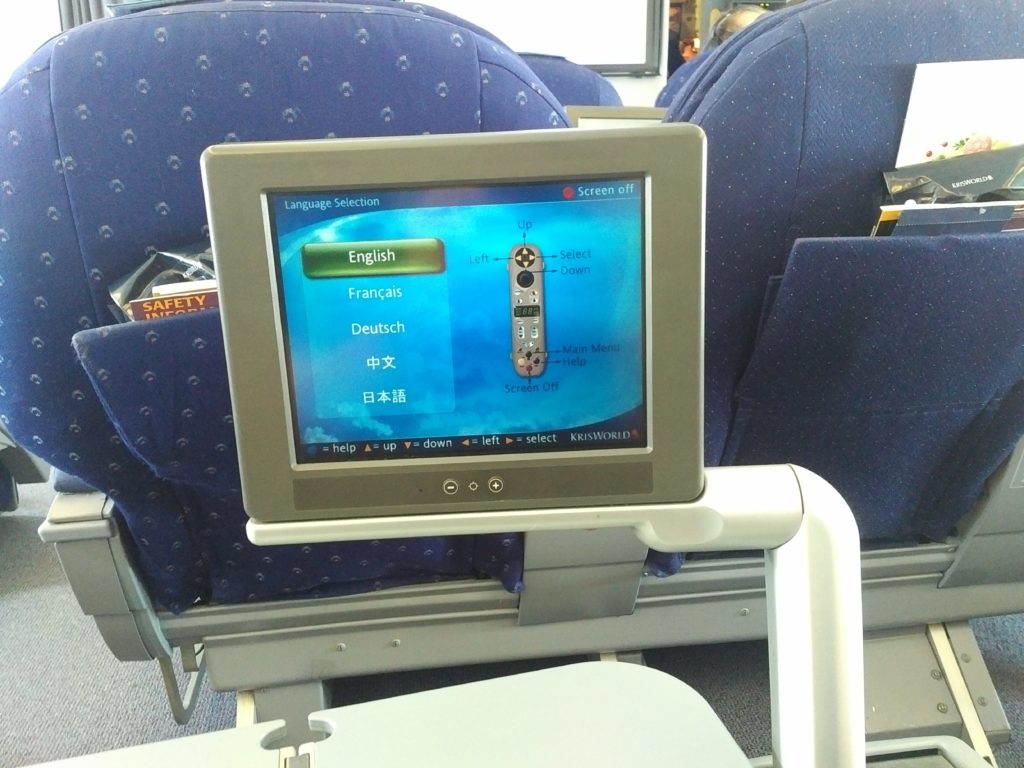
2000s: Inflight internet, more content
At the turn of the millennium, Singapore Airlines announced a US$200 million connectivity initiative aimed at enabling customers to send emails and browse the internet while onboard. The name? Something that sounds right out of a cheesy 90’s action movie: “CyberCabin” (yes, they filed a trademark).
CyberCabin bore fruit in April 2001, when the world’s first inflight email system launched on a Boeing 747-400 flight from Singapore to Los Angeles.
| ❓ Who did it first? |
|
Air Canada might have something to say about this claim. They were also an early adopter of onboard connectivity, signing a deal with Tenzing Communications and running trials onboard five of its Boeing 767s from late 2000. Business Wire reports that on 5 September 2000, an Air Canada test crew sent the first-ever inflight email. |
While the press release trumpeted the ability to send mails and browse the web, in reality the latter was a bit of a cheat.
The email was real enough. Passengers would connect their notebooks to the onboard phone jack via a cable, then complete the dial-up process to get online (typical connection speed: 2.4 Kbps). Emails would be sent and received via a Tenzing Communications server that connected every nine minutes through satellite.
But while email was possible, real-time internet was not. There simply wasn’t enough bandwidth. Instead, passengers could browse a pre-selected range of webpages that had been cached to the dedicated onboard server (boasting a gargantuan capacity of, wait for it, 10GB!).
Passengers in all three classes could use the service for free till September 2001, but SIA would later shelve plans for a fleetwide rollout by at least two years, citing the downturn caused by the September 11 attacks and the need to conserve cash.
Nonetheless, it was impossible to ignore the idea forever, and SIA eventually signed an agreement with Connexion by Boeing to bring high-speed internet to 40 of its long haul aircraft. This debuted in March 2005, and passengers could enjoy all-you-can-eat internet for a fee ranging from US$14.95 to US$29.95.

The Connexion by Boeing partnership also enabled Singapore Airlines to become the first to offer live TV in July 2005, with broadcasts by BBC World, CNBC, Eurosportnews and Euronews. This was later suspended, only to be brought back again in 2021.
Demand for inflight connectivity from business travellers was insatiable, and Singapore Airlines progressively scaled up the service, adding it on flights to New York and Sydney. But Boeing was struggling to find customers for Connexion, and axed the business unit at the end of 2006, leaving Singapore Airlines high and dry. Inflight surfing would not return to SIA again until the SITA OnAir system launched in 2011.
On the KrisWorld front, screens and selections kept getting bigger. Singapore Airlines stuck with Matsushita Avionics (now renamed Panasonic Avionics) for a major overhaul of its IFE system in 2006, adopting the Panasonic ex2.
Economy Class passengers received 10.6 inch screens, a 75% increase from the current 6 inches.

Business Class screens were more than doubled to 15.4 inches, and workaholics could plug in a USB keyboard and mouse to keep up with work on StarOffice, a now-defunct productivity suite by Sun Microsystems that ran on the plane’s Linux server.

The biggest screens were of course reserved for First Class, and the soon-to-launch Suites on the Airbus A380. At 23 inches, they rivalled what some people had at home. All screens ran at 1280 x 768, offering high resolution (well, for that day and age!) output.

Over 1,000 entertainment options were available on demand across all three cabins, including 140 movies, 170 TV programmes, 740 CDs, 22 audio broadcasts and 80 interactive games. Sadly, this meant farewell to the Nintendo library in favour of more casual gaming options like Space Tripper and ThinkTanks.
Passengers could also learn different languages (at least enough to pick up someone at the bar) with Berlitz World Traveler, or more prosaically, read eight-page executive summaries of more than 100 of the best business books ever written (I think this doubled as a sleeping aid).
The upgrades weren’t for all aircraft, however. There wasn’t much point in installing new hardware on the ageing Boeing 747-400s (which were finally retired in 2012), so these received a more modest upgrade to the S3000 system, with 80 movies, 108 TV programmes, 180 CD albums and 55 games.
2010s: Same same, but bigger

KrisWorld received another major overhaul in 2013, as the Panasonic ex3 system debuted alongside the new First and Business Class products on eight Boeing 777-300ERs. Again, screen sizes increased, but the leap wasn’t as dramatic as the 2006 upgrade. There’s only so big you can get, as I often tell the wife.
First Class went from 23 to 24 inches, Business Class from 15.4 to 18 inches, and Economy Class from 10.6 to 11 inches. Touch-screen video handsets replaced the traditional button-operated ones, but only Economy Class passengers received touch-screen IFE displays (presumably because their seats were close enough to the screen that they could touch it). In response to customer feedback, SIA would later install touch-sensitive displays in Business Class too, creating a weird hybrid regime where some aircraft had them and others didn’t.

The IFE selection now weighed in at 250 movie titles, 350 TV programmes, 795 CDs and more. You could fly around the world three dozen times and not run out of content.
While the 1990s saw the advent of personal IFE, this decade saw the introduction of personalised IFE. In 2017, Singapore Airlines launched myKrisWorld, a companion app for the onboard KrisWorld entertainment system.
The idea was that passengers could use the Singapore Airlines app to preview content and set up a customized playlist, receive personal recommendations based on viewing history, and add bookmarks to continue their movie on the next flight.
Frankly, I didn’t see the point. I’ve never made the effort to browse through the app before my flight and pre-select what I’m going to watch, and I daresay most people don’t either. Nor do I bother using my personal mobile device as an IFE controller (why waste the battery?), and if you’re pitching the ability to pick up where you left off on the last flight, well, you’re really reaching.
On the whole, I think the marketing people were more excited than the passengers, and perhaps this is the point where diminishing marginal returns on IFE investment start to set in.
2020s and beyond

If browsing through the recent decades gave the impression that the pace of innovation was slowing down, you’re not alone. Given all that’s happened with Singapore Airlines’ IFE over the past 50 years, current trends tend to feel more incremental than revolutionary.
It seems like “bigger screen and more content” has been the focal point of every IFE update since KrisWorld launched. Don’t get me wrong; it’s nice to have. When Singapore Airlines launched its First Class SkySuites in 1998, screens were 14 inches. Today, that’s about the size of a Premium Economy monitor (13.3 inches), and the latest Suites screens are a whopping 32 inches. When KrisWorld launched, there were 44 entertainment options to choose from. Today’s passengers now have more than 1,800.
But there’s an overwhelming feeling of “is that it?”, which to be fair, isn’t a problem unique to SIA.
I suppose it could be worse. At the other extreme, we’ve seen some airlines removing seatback video screens, citing maintenance costs and weight (and very soon, hygiene considerations I’m sure). Who needs a seatback screen, they argue, when everyone has one in their pocket? We might be on the cusp of a new bring-your-own-device era where passengers provide the screens, and the airline provides entertainment via streaming.
For what it’s worth, I don’t think Singapore Airlines will go down that route. While they’re currently using IFE streaming on the former SilkAir Boeing 737-800s, there’s no indication that’s anything but a stopgap measure, until the unwanted jets are finally put to pasture. The latest cabin products on the Boeing 737 MAX 8s all have seatback IFE installed, and the long-delayed Boeing 777-9s will certainly have them too. I think the seatback screen will be a fixture for a long time to come.

And there have been some genuine enhancements to IFE in recent years. Live TV, first trialled on the A350-900ULR aircraft in 2021, has since been expanded to most aircraft across the fleet.
| Aircraft | Live TV? |
| A350-900 Regional | ✕ |
| A350-900 Long-Haul | ✓ |
| A350-900 ULR | ✓ |
| A380-800 | ✕ |
| B737-8 | ✓ |
| B737-800 | ✕ |
| B777-300ER | ✓ (selected aircraft) |
| B787-10 | ✓ |
Passengers can catch up with the news on BBC, CNN or CNBC, or witness live sporting events via Sports24.

Inflight connectivity, which made a return in 2011, is now offered free of charge to all Singapore Airlines passengers, and one has to wonder how long more it’ll be before the speeds become good enough for Netflix or Disney+ streaming.

We’re also surely going to see quality-of-life improvements such as 4K screens and the ability to pair your own Bluetooth headsets, minimising wires and improving audio quality.
So what’s there to look forward to, beyond screen creep and faster Wi-Fi? Well, virtual reality headsets were mulled as a possibility by SIA’s VP of Product Innovation, although there’s something vaguely Black Mirror-ish about a cabin full of passengers wearing VR headsets.

Over at the KrisLab facility, different IFE innovations are being put through the paces, including the possible use of augmented reality for children’s activities.

Airlines are constantly eager to shed excess weight, so I wonder whether handheld controllers could be the next victim of post-COVID hypochondria. IFE that relies on eye-tracking and gesture-control made an appearance during the Dubai Airshow in 2013, but hasn’t been heard from since. Perhaps that’s something worth keeping an eye on, given current trends.
What would I like to see? As an avid gamer, I’ve often wondered why the onboard videogames selection seems stuck in a casual gaming rut. In fact, I lost all interest in inflight games ever since they got rid of Super Bonk, and I’d personally love to see PlayStation-quality titles introduced. I’m not even asking for PS5 style graphics; some PS3-era stuff would be fantastic enough.
But is inflight entertainment doomed to be screenbound forever? What happened to plans for an onboard gymnasium? An inflight spa? Cargo-hold escape rooms? Emergency exit bungee jumping? Smarter minds than mine are no doubt exploring the possibilities, and that’s enough to get me excited about the next flight.
What kind of IFE would you like to see in the future?



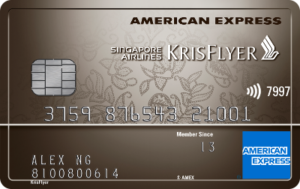





Live TV for SIA.. I can’t watch football 35000ft up on SIA!
i do wish they’d broadcast some epl matches again. i remember watching a couple on ethiad (or emirates, I can’t remember) and it was pretty fun.
Free lower speed WiFi should be the next, at least the ability to use WhatsApp and other form of messaging services for free should not be asking for too much. After all many of the American boys are already doing it and JetBlue even giving free WiFi across all routes.
I’m not an expert, but i think it’s different for jetblue to offer free wifi on narrowbody fleets that fly mostly over land, versus SIA to do the same for widebodies that spend significant time over oceans.
Looks like they are expanding the free service to their flights to LHR and LGW, let’s see if SQ can take a page out of that book.
I believe Emirates provide free Wi-Fi for all passengers (I cannot remember whether it is size-based or time-based, or free for the whole flight)
https://simpleflying.com/emirates-cuts-wifi-tv/
SQ also charges very differently from every other airline 🙂
I once flew a last minute economy flight to Seoul in SQ and my colleague flew business in Eva. It was the same price.
I remember only Mr Bean on those common overhead movie screens, and no other shows.
I’m a bit late to this article, but this was an excellent write-up! 🙂